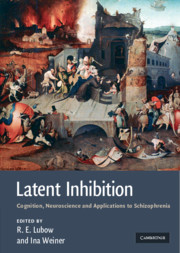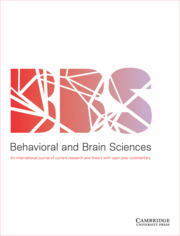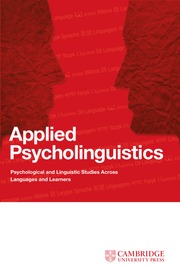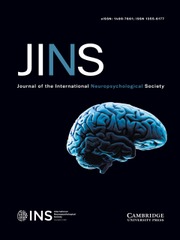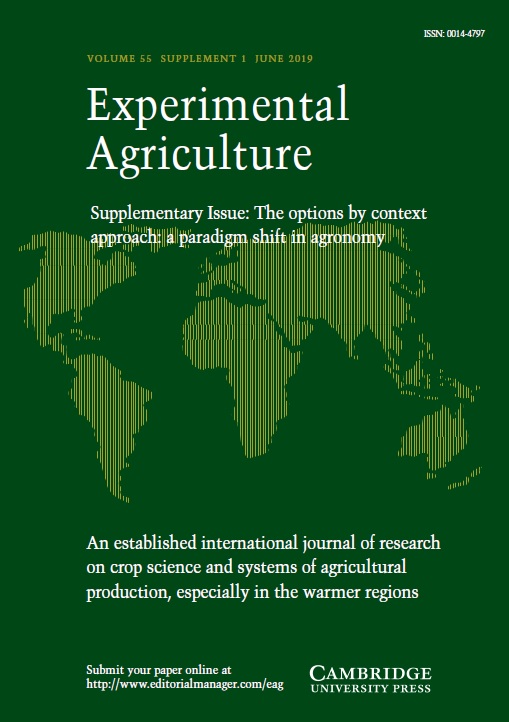Latent Inhibition and Conditioned Attention Theory
R.E. Lubow offers a complete survey of the basic data that comprise the latent inhibition effect, and a review of theories that attempt to explain it. He then elaborates on his own Conditioned Attention Theory and derives applications for learned helplessness and schizophrenia.
Latent inhibition is an exquisitely simple, robust, and pervasive behavioral phenomenon--the reduced ability of an organism to learn new associations to previously inconsequential stimuli. It has been demonstrated in a variety of animals, including humans, across many different learning tasks. The ease of demonstrating the latent inhibition effect, on the one hand, is matched by the difficulty of incorporating it into contemporary conditioning and learning theories, on the other hand.
A wide range of experimental psychologists and neuroscientists will find this a stimulating and useful book for themselves and their students.
Reviews & endorsements
"Although not written with an elegant touch for language, it is a history of the research on and theory of this important phenomenon and is one that will become dog-eared on my shelf as I routinely refer to it during my own research and writing." Michael Best, Contemporary Psychology
Product details
March 2009Paperback
9780521102575
336 pages
229 × 152 × 19 mm
0.5kg
Available
Table of Contents
- Preface
- 1. Introduction
- 2. Latent inhibition testing procedures
- 3. Variables affecting latent inhibition
- 4. Organismic variables affecting latent inhibition
- 5. Associative learning tests of the effects of stimulus preexposure in children and adults
- 6. Neural substrates of latent inhibition
- 7. Theories and explanations of latent inhibition in animals
- 8. Conditioned attention theory of latent inhibition
- 9. Conditioned attention theory as applied to latent inhibition in humans
- 10. Some applications of conditioned attention theory: learned helplessness and schizophrenia
- Notes
- References
- Author index
- Subject index.


